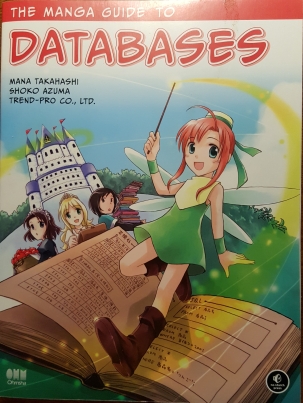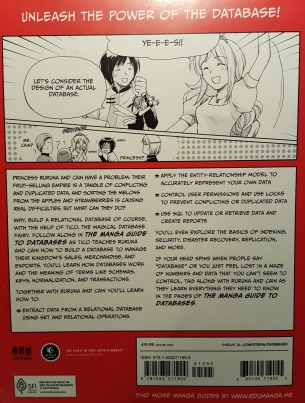The current invitation is from Rob Volk.
Welcome to T-SQL Tuesday! This month we’ll explore analogies, or how would you explain database concepts to someone who’s not technologically savvy.
If you’re a data professional, you’ve probably been asked “So what exactly do you DO?”, and probably not found a great way to answer. Database theory and practice can be hard, and every professional struggled with their first computerized data concepts.
While attending and presenting sessions on SQL Server and other data topics, I’ve found analogies often explain a concept better than any computer science or mathematical description does. We’ve probably heard that “a clustered index is like a phone book”, and those old enough to remember phone books will agree, but it doesn’t really explain why that structure is useful. (hint: it requires sorting)
I recently found a Youtube video that describes how binary search works, and why sorting makes it work. As this is a foundational concept for most database indexing schemes, I think it does a great job explaining why it’s more efficient. What I like most about it is that it doesn’t demonstrate this on a computer, but uses cards with different values (even if they’re not physical cards).
Brent Ozar recently posted a video on statistics that DOES use actual playing cards. I’ve also seen Aaron Cutshall use cards in presentations on Set Theory.
For this month’s T-SQL Tuesday, I’d like you to write about your favorite analogies that help explain database concepts to people who aren’t database experts. I like the spirit of Reddit’s Explain Like I’m Five (ELI5) subreddit, where the explanations are meant for someone who has no previous assumptions about the topic.
ELI5 doesn’t preclude deeper examples. For example, I posted a long time ago one version of my “cursors are tweezers” analogy to explain why you shouldn’t use them. You can not only explain why something works, but also why something else DOESN’T work, and I welcome such examples if you have the space and time.


